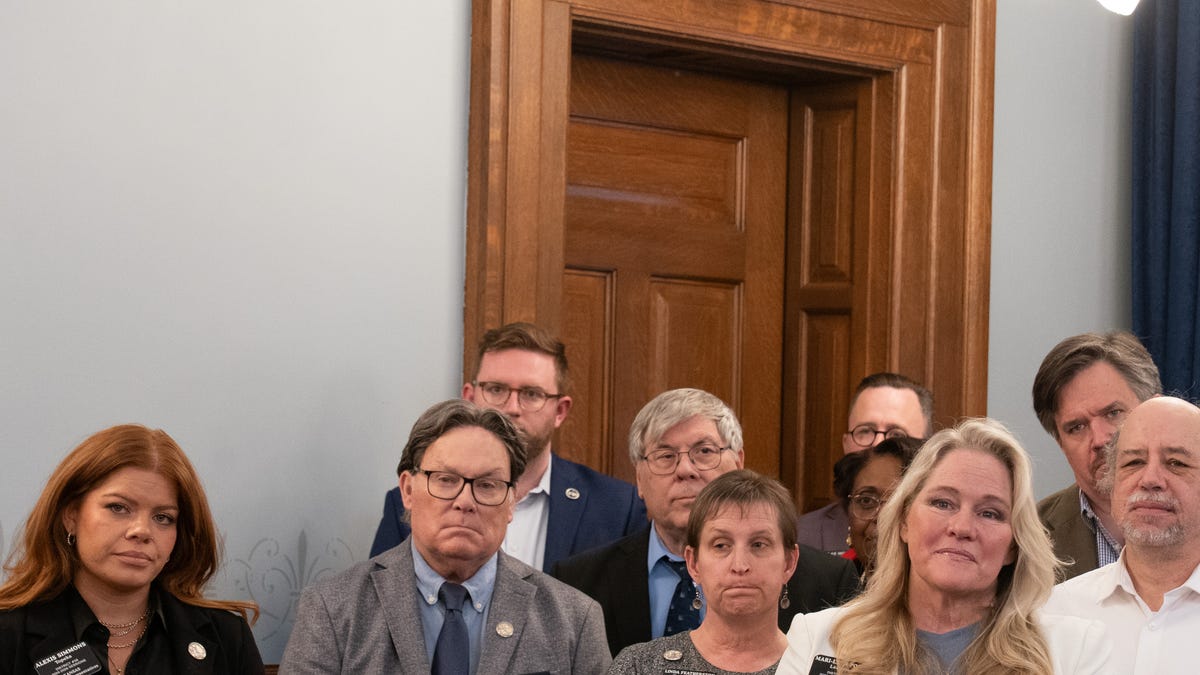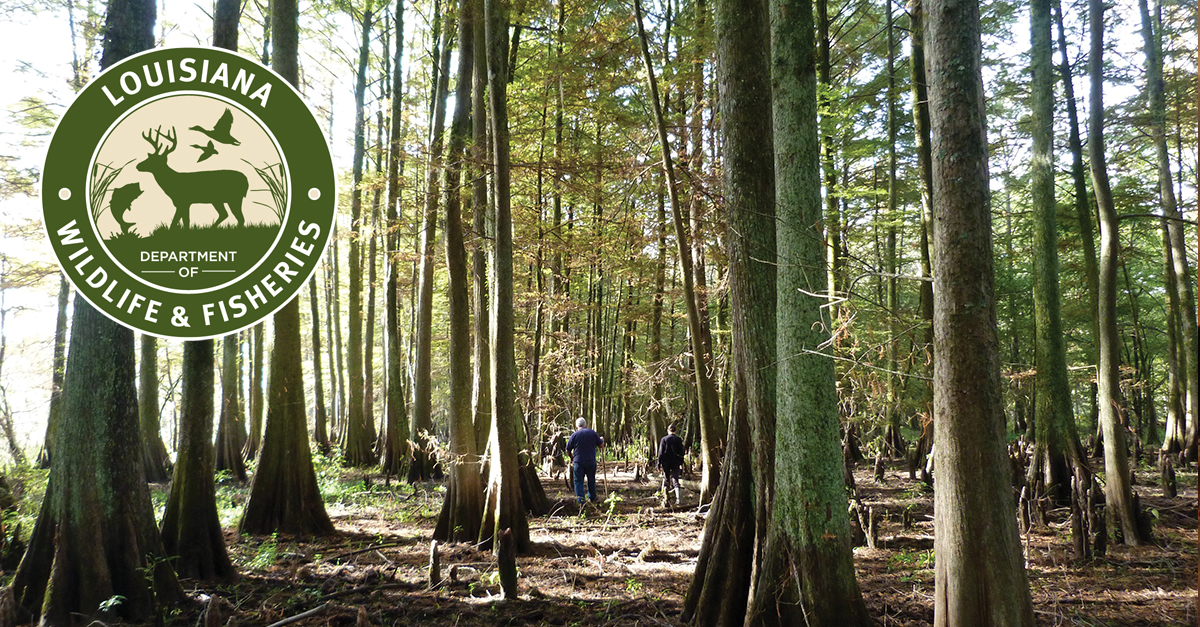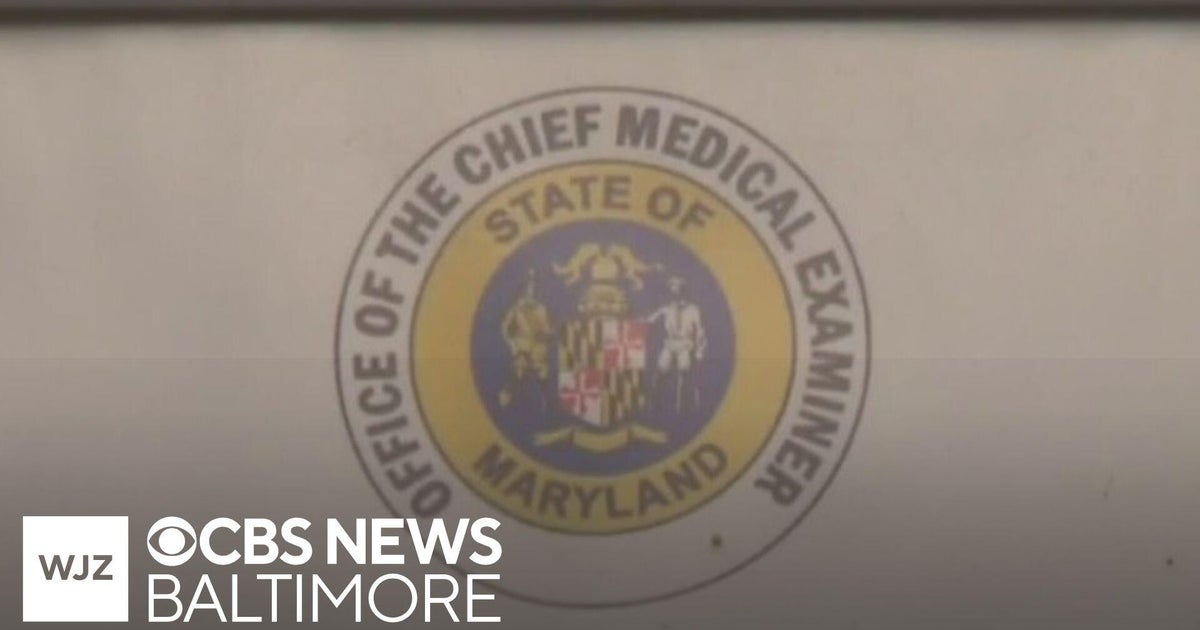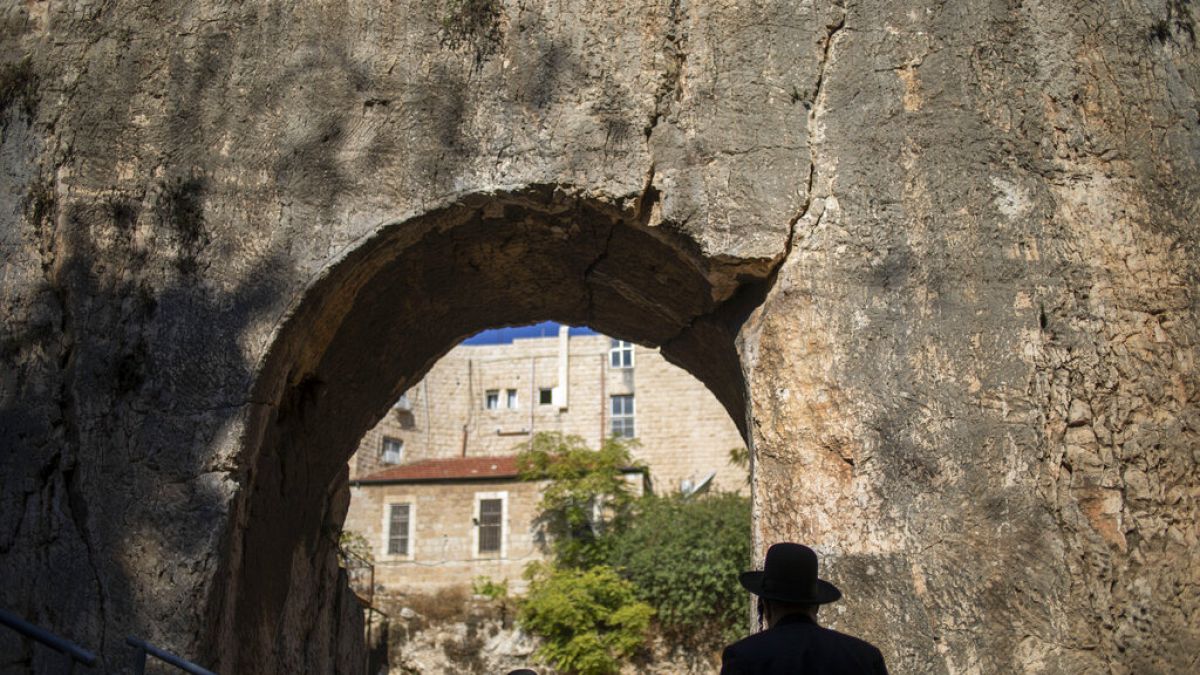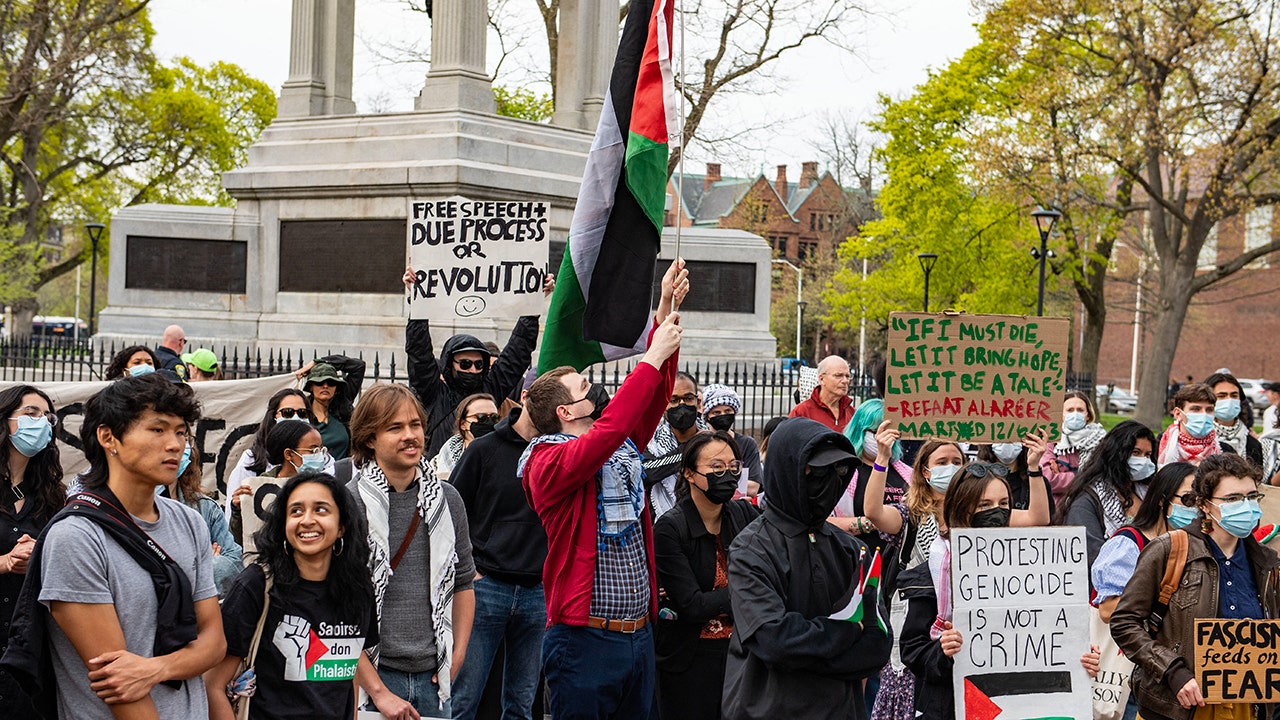California
California secretary of state announces McCarthy protege cannot run for his seat

California Secretary of State Shirley Weber announced on Friday that Assemblyman Vince Fong cannot run for former House Speaker Kevin McCarthy’s (R-CA) House seat next year because he has already filed to run for state Assembly.
Weber confirmed that under California state law, a candidate cannot appear on one ballot for two separate offices.
FOUR REASONS SPEAKER MIKE JOHNSON MIGHT STRUGGLE TO SUCCEED IN 2024
“Under state law, a candidate who has filed their declaration of candidacy is not permitted to withdraw as a candidate at that primary election,” the secretary said in a statement. “Mr. Fong filed his completed nomination documents for Assembly District 32 prior to the close of the December 8, 2023 filing deadline. Mr. Fong then submitted completed nomination documents for Congressional District 20 during the 5-day extension period triggered by the incumbent’s decision not to seek re-election. State law prohibits any candidate from filing nomination papers for more than one office at the same election.”
AP
Fong responded to the secretary of state’s announcement in a statement on social media on Friday, claiming he would fight the decision so voters could choose who represents them in Washington, D.C.
Voters in the 20th Congressional District have a right to choose the candidate of their choice to represent them in Congress. I will fight the Secretary of State’s misguided decision and do whatever it takes to give voters in our community a real choice in this election because… pic.twitter.com/0vqx3ohP7i
— Vince Fong (@vfong) December 16, 2023
“Voters in the 20th Congressional District have a right to choose the candidate of their choice to represent them in Congress,” Fong said. “I will fight the Secretary of State’s misguided decision and do whatever it takes to give voters in our community a real choice in this election because the voters choose our elected officials, not Sacramento.”
Fong’s campaign said the assemblyman plans to “fully litigate” the decision and will file a challenge in the state Superior Court.
Fong, who served previously as McCarthy’s district director, was hand-picked by the former speaker shortly after he announced his retirement. McCarthy concluded his 17-year career in the House earlier this week.
CLICK HERE TO READ MORE FROM THE WASHINGTON EXAMINER
“There is no one that I trust more to continue the fight for common-sense and conservative values in Washington DC. I am proud to endorse my friend Vince Fong for Congress,” McCarthy said on Tuesday.
McCarthy’s sudden exit from Congress came after a majority of the House voted to remove him as speaker in October, shortly after he was accused of making a side deal with Democrats to temporarily fund the federal government through the end of October to avoid a government shutdown.

California
Suspect arrested after break-in at billionaire’s California home

IE 11 is not supported. For an optimal experience visit our site on another browser.
-
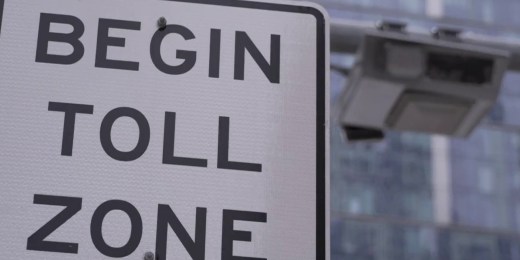
Judge temporarily blocks bid to kill congestion pricing
01:33
-

Unique Syracuse University lecture focuses on decades of pop culture
01:29
-

Some supplements may cause liver damage
02:10
-

Secretary Kennedy announces the CDC is changing COVID-19 vaccine recommendations
01:02
-
Now Playing

Suspect arrested after break-in at billionaire’s California home
01:28
-
UP NEXT

Documents: Trump administration to stop student visa interviews
02:15
-

New details on suspect who plowed van into crowd of soccer fans
01:09
-

King Charles delivers rare speech to Canadian Parliament
01:12
-

Urgent manhunts for escaped prisoners underway in several states
02:29
-
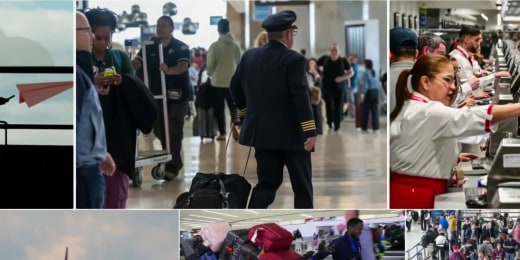
A look at summer travel deals
01:46
-

Severe weather threatens 12 million during Memorial Day travel
01:44
-

A Memorial Day homecoming decades in the making
01:56
-

Car collides with pedestrians celebrating in Liverpool
01:37
-

Group searches for remains of Americans killed by ISIS
01:58
-

Manhunt underway for Arkansas inmate
01:22
-

After deadly Ukraine strikes, Trump says Putin has gone ‘absolutely crazy’
01:20
-

New details in crypto kidnapping case
01:01
-

Trump marks Memorial Day and lashes out at Harvard
02:29
-
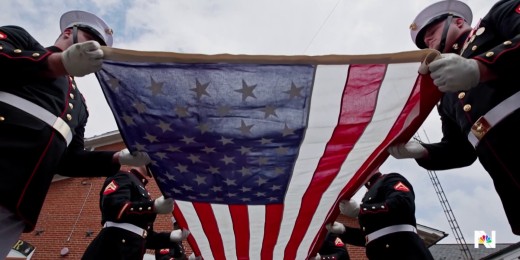
Inside specialized Marine unit dedicated to honoring fallen troops
02:15
-

1 hospitalized after fuel tanker crash on Florida highway
01:21
Nightly News
-

Judge temporarily blocks bid to kill congestion pricing
01:33
-

Unique Syracuse University lecture focuses on decades of pop culture
01:29
-

Some supplements may cause liver damage
02:10
-

Secretary Kennedy announces the CDC is changing COVID-19 vaccine recommendations
01:02
-
Now Playing

Suspect arrested after break-in at billionaire’s California home
01:28
-
UP NEXT

Documents: Trump administration to stop student visa interviews
02:15

Nightly News

Nightly News

Nightly News
Play All
California
States’ Rights in California

Image by Tina Chelidze.
In the days when overt racism was a thing (that is, the days of Jim Crow), it was often said that states’ rights had to be respected by the federal government. That same assertion of states’ rights and devolving power to the 50 states returned in the 1970s and was called the Sagebrush Rebellion. That dispute involved public lands in the West and demands that those lands be turned over to the respective states which would then issue permits for oil drilling, coal extraction, and so on.
The rights of states to make their own laws and set their own regulatory standards has been a primarily Republican complaint for the past decades. Federal government has become too strong, too powerful, it is said, so power needs to return to its “original” dual federalism model where decision making is divided between the federal and state authorities.
That was then, this is now. Whereas state authority was supposedly being taken away by a hyperactive national government in Washington, DC, suddenly the shoe is on the other foot in this day and age. On 22 May, The US Senate voted to nullify California’s planned transition to electric and hybrid cars by eliminating a waiver issued by the Biden administration to allow more stringent rules in that state to deal with air pollution as well as continued global warming. Suddenly, it’s okay to stomp on the authority of the state. Why is that so? Oh, it’s California, a supposed blue state.
Wyoming Senator John Barrasso feigned shock that a state might want to eliminate gasoline-powered automobiles, in effect, saying it’s a right to go to gas stations. Well, not everyone can and will drive an all-electric (EV) car (there’s not enough lithium-ION to make that workable), so Barrasso shouldn’t have to worry. Besides, if one drives a hybrid (guilty as charged), that would still be necessary even though fill-ups are less frequent (which is great, by the way).
The real issue is hypocrisy. When is it acceptable for the national government to supersede state power, and when is it not? In this instance, the Senate steps in to stop California. Little do Barrasso and other lawmakers know that many manufacturers are already planning on going all EV/hybrid in years to come. Volvo plans on transitioning to that combination in upcoming years while VW Group is planning on going all-electric in the 2030s.
Earlier in the week, one of the platforms pumping oil in the Santa Barbara Channel was restarted, as the company involved claimed that the California Coastal Commission lacked authority to stop them. This will inevitably lead to legal challenges in a court of law. What it does not change is that the oil off Santa Barbara is mostly gone. That is why the platforms closed to begin with. But let’s not have economic common sense stand in the way. Let’s let the federal government decide who gets their way, not what’s best for California. It does not take a lot of oil to do environmental damage, witness the relatively small leak at Refugio Beach, north of Santa Barbara, just a handful of years ago.
There are yet more double standards. The White House also jumped in on the same day (22 May) to announce that it would not allow international students to be accepted to Harvard, subject to Department of Homeland Security (DHS) approval. In what is supposed to be a capitalist economic system, how is it okay for the federal government to jump in and make decisions on behalf of a private institution? Where is the boundary between the government and private interests? In the interests of keeping “antisemites” out of Harvard, DHS reserves the right to intervene, meaning that only compliant and docile students may be allowed to enroll. Forgo any first amendment rights to free speech, and one gets in. What a wonderful message to send out to the world.
Here again, Washington decides to intervene in a matter that should be decided by a private entity and secondly, it jumps in on a matter in a particular state to say that no, this is a federal issue. This time, it’s the state of Massachusetts that apparently cannot manage its own affairs.
The late German writer Hans Magnus Enzensberger once asked: why is consistency a criterion for deciding what is good and what is not? Enzensberger was not sure what the answer might be. But it is here. Beyond the consolidation of power itself, there is no reason to grant power to the federal government. That is not what happened with ending Jim Crow, but it is here. Leave the states alone.
California
Column: Harris hasn't shown much interest in being California governor

SACRAMENTO — The big question in California politics is, “Will Kamala Harris run for governor?” But that’s the wrong question. Far more important is, “Should she?”
And that’s not a question to be answered based strictly on her prospects for winning.
Initially, at least, the former vice president would be the heavy favorite to succeed termed-out Gov. Gavin Newsom — although, eventually, she could find herself in a tough election fight next year.
Rather, the answer should be determined based on what strengths, goals and ideas she would bring to the table — her specific plans for fixing California’s enormous problems, her eagerness to fight even political allies to achieve her objectives and her own desire to lead the state’s comeback.
She shouldn’t view the job as a consolation prize after losing the presidential election to Donald Trump. Voters would smell that and, anyway, Harris would be miserably bored in the state Capitol dealing with budget minutiae and relatively inexperienced legislative leaders.
So far, since returning from Washington to her native state, Harris, 60, has displayed none of the above criteria that California needs in its next governor.
But neither did she previously in any noteworthy way as a U.S. senator or — particularly — state attorney general. As attorney general, Harris refused to take positions on important ballot measures, including those dealing with her role as California’s so-called top cop — propositions to stiffen criminal sentences and both abolish and expedite the death penalty.
Harris has a record of being overly cautious about taking positions that could alienate interests she deems important to her political career.
Sure, Harris isn’t running for anything right now. So, she deserves a pass on issuing 10-point plans to patch up the state.
But, look, you don’t need to be a gubernatorial candidate to express concerns about your state. Any resident who’s conscious should be alarmed.
“Home prices have skyrocketed as supply slumped over the past three decades,” the nonpartisan Public Policy Institute of California noted in a report last week.
California’s median home price in March was $884,000 — very tough if not impossible for many middle-class families. The housing shortage is largely due to over-regulation, tangled red tape that slows issuance of building permits and abuse of California’s environmental protection laws.
There’s a strong move in the Legislature to ease regulations, but it’s highly controversial. Does Harris have a thought on this?
Homeowner insurance rates are rising fast in the aftermath of wildfires. And in many fire-prone regions, traditional policies are impossible to obtain. The next governor needs to fix this.
California’s poverty rate is the nation’s highest when the cost of living is considered, according to the U.S. Census Bureau.
Despite our spending many billions of dollars and regardless of ugly finger-pointing at each other by Newsom and local officials, 187,000 Californians are homeless — a 35% increase in 17 years. That’s the highest in the nation — only partly because we’ve got the largest population.
Gasoline prices are roughly $1.60 a gallon higher in California than the U.S. average. And two oil refineries are planning to shut down, invariably hiking pump prices even higher.
We’re a high-tax state, a fact Newsom is in denial about. We lean too heavily on the wealthy for tax revenue and that produces roller-coaster budget deficits and surpluses depending on the stock market. It’s ridiculous. State taxes should be modernized. But no politician has the guts to attempt that.
Then there’s California’s historic problem of not enough water for its thirst.
Does Harris have anything to say about any of this? She hasn’t so far.
Of course, the seven leading announced Democratic candidates have been practically mute themselves on matters that risk aggravating party interest groups.
One exception is former Los Angeles Mayor and state Assembly Speaker Antonio Villaraigosa, who has been bolder than most of his rivals.
Harris has said she’ll decide by the end of summer whether to run for governor in 2026. Maybe she’ll seek the presidency again in 2028 or retire from politics and make a bundle in the private sector.
But Villaraigosa already is taking shots at her — including last week for allegedly helping to cover up former President Biden’s cognitive decline while in the Oval Office. Villaraigosa included in the attack another gubernatorial candidate: former U.S. Secretary of Health and Human Services Xavier Becerra.
Harris is a lot more vulnerable than Becerra on the issue.
But it’s a cheap shot. How many people would publicly accuse their boss of being mentally incompetent? And Harris would have instantly been blasted for being self-serving by plotting to push the president aside so she could grab the Democratic nomination.
Harris could help herself and California’s voters, however, by occasionally voicing some anxiety about her home state.
The little we’ve heard from her this year are attacks on Trump. She also has been lending her name to anti-Trump fundraising appeals by the Democratic National Committee.
But the last thing California Democrats need is another politician — especially a potential governor — telling them that Trump is an evil, ignorant con artist. They’re fully aware of that. They need someone who can tell them how their state can be fixed.
If she ran, Harris would be the initial favorite because of her broad name recognition, past election successes in California and fundraising ability. Some current candidates would probably drop out.
But there doesn’t seem to be a public clamoring for her to run.
Harris needs to start showing people why she should even consider seeking the job. Because, so far, she’s sounding more like a 2028 presidential retread.
What else you should be reading
The must-read: Villaraigosa blasts Harris and Becerra for not speaking out about Biden’s decline
The TK: Trump’s housing cuts could push thousands onto SF streets
The L.A. Times Special: Antonio Villaraigosa is dying to run against Kamala Harris for governor. Here’s why
Until next week,
George Skelton
—
Was this newsletter forwarded to you? Sign up here to get it in your inbox.
-

 News1 week ago
News1 week agoMaps: 3.8-Magnitude Earthquake Strikes Southern California
-

 World1 week ago
World1 week agoPortuguese PM’s party set to win general election, fall short of majority
-

 Politics1 week ago
Politics1 week agoAfghan Christian pastor pleads with Trump, warns of Taliban revenge after admin revokes refugee protections
-

 Politics1 week ago
Politics1 week agoTrump, alongside first lady, to sign bill criminalizing revenge porn and AI deepfakes
-

 Movie Reviews1 week ago
Movie Reviews1 week agoReview | Magellan, conqueror of Philippines, as we’ve never seen him before
-
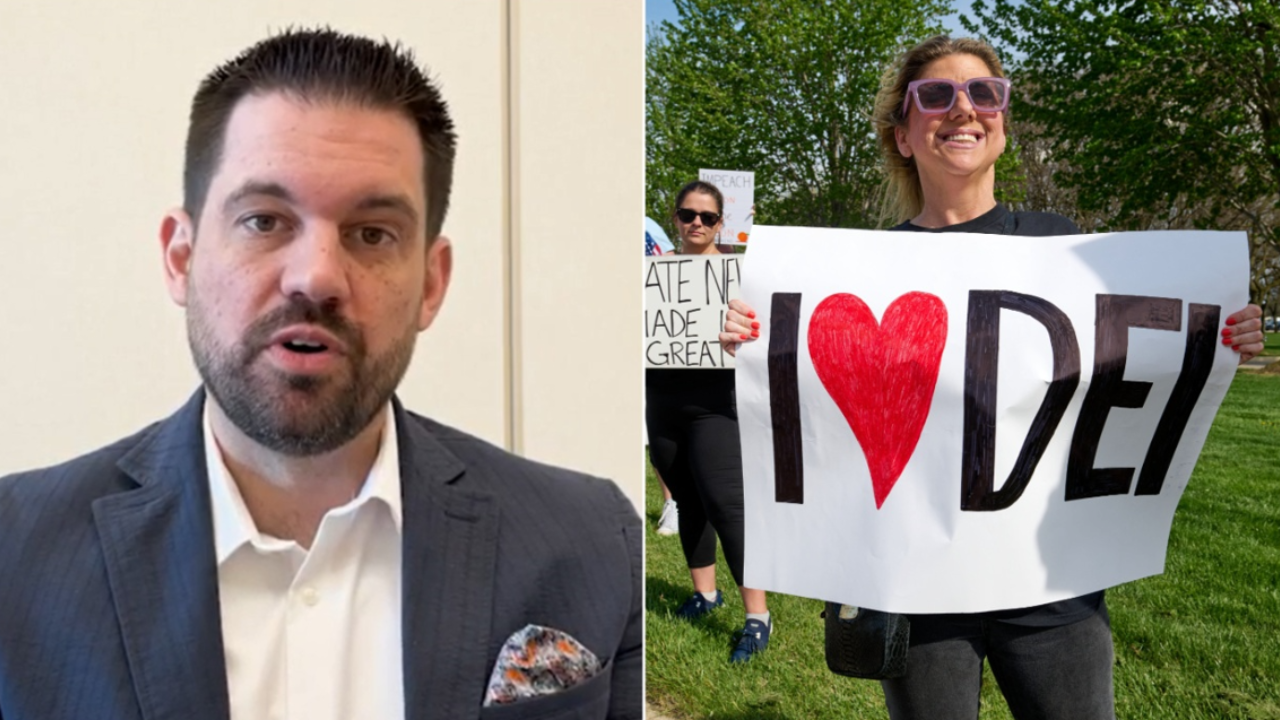
 Politics1 week ago
Politics1 week agoExpert reveals how companies are rebranding 'toxic' DEI policies to skirt Trump-era bans: 'New wrapper'
-

 Education1 week ago
Education1 week agoHow Usher Writes a Commencement Speech
-
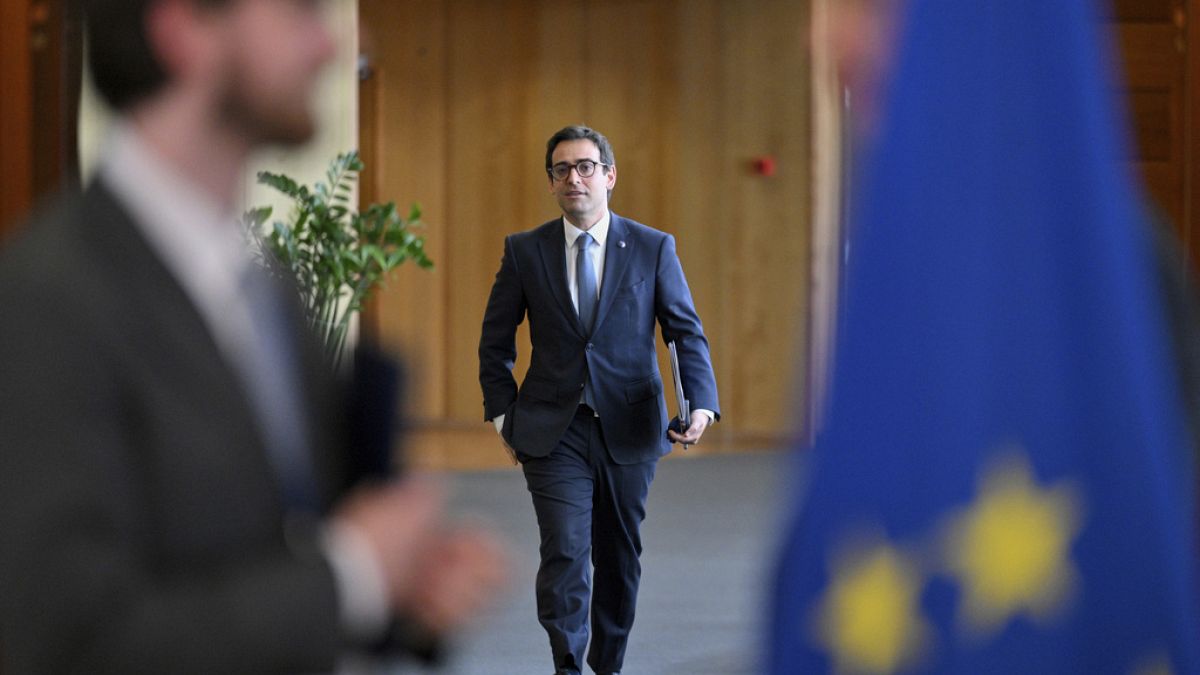
 World1 week ago
World1 week agoDigitisation fronts new Commission strategy to boost EU single market









